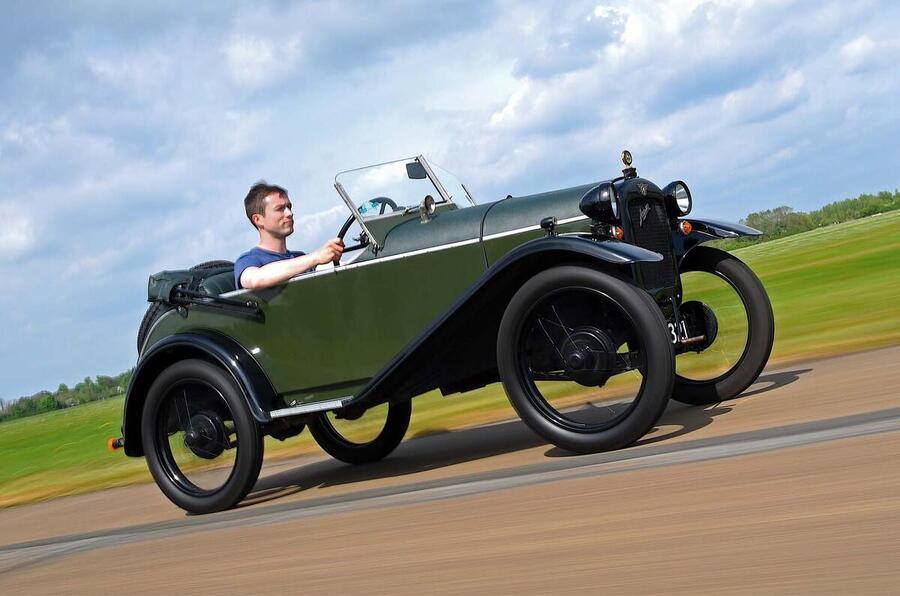What’s in a name? We reflect on why McLaren dubbed its new car the W1
If you’re sold on using the numeral 1, as McLaren seemingly is for its fastest car series (F1, P1 and now W1), I wonder what your remaining naming options are.
Most of the 1 names are already ‘taken’ one way or another: some by trademark, others just by association (so available but better avoided).
There are obvious ones, like A1 and S1 from Audi, C1 from Citroën, H1 from Hummer, and M1, X1 and Z1 from BMW. And there are lesser-known ones: the Caparo T1, if you recall, and the BYD D1, the 1920s Alfa Romeo G1 (also a Toyota and a Genesis concept), the Honda N-One, the K-1 Attack kit car and more. R1 is a Yamaha motorcycle but presumably also better avoided.
And then you get into the 1s that just sound slow, even if they aren’t taken. E1 sounds electric (and was, as yet another BMW); Y1 is a question, not an answer; J1 sounds like a form you collect at a post office; V1 will be superseded by V1.1 at the next software update; and L1 evokes the ‘losses’ column on a league table.
I’d like a car to be called the B1 because we could call it the ‘Bone’ and I like cars with nicknames, such as the Alfa Romeo Toenail, but I can see why a car maker wouldn’t want the association with a bomber aircraft, even if the name can be had.
By a process of elimination, I reckon it didn’t take McLaren long to alight on W1. W represents a win as L does a loss, after all, and this is on message with the company’s sports division.
Maybe being a letter synonymous with wins is why Mercedes-Benz called its 2010 Formula 1 racer the W01, although it’s a wonder that nobody besides Holden Special Vehicles, which had a run-out 636bhp GTSR W1 (W for Walkinshaw) model in 2016, has called a road car the W1 before.
But this might be the 1’s last fast outing.
Still the one to beat
From one 1 to another One, as one wonders if there was anything non-coincidental about the timing of Mercedes-AMG’s announcement that its One had broken the production car lap record at the Nürburgring.
The Formula 1-powered hypercar recorded a new benchmark time at the end of last month of 6min 29.09sec in the hands of Maro Engel, beating the previous production car record by a full five seconds. That was set back in 2022, also by Maro Engel and also in a Mercedes-AMG One.
“Two years ago, conditions were not ideal and some sections of the track were still a little damp,” the GT racer said last week, hence they returned this year to get the best out of it.
Maybe the timing was entirely coincidental – or maybe, given that the news came three days before McLaren announced the W1 and with a new Ferrari hypercar also apparently imminent, it wasn’t coincidental at all.
The top influencer

A reader writes after I mentioned the Austin 7 (in my 25 September column), a car you will be able to read about briefly again next week, to suggest that it “may be the most important car in the history of motorsport, or even motoring”.
On the motorsport front, I think I agree that no other car has more influenced competition, drivers and engineers.
But I do wonder what is the most important car in the world. Ultimately, like that of the best-looking car in the world, it’s a question that can’t be answered without a huge dose of subjectivity, even if you opt for the eminently sensible thing of picking the very first one, the Benz Patent-Motorwagen of 1885.
I’d add the Ford Model T, Volkswagen Beetle, Jeep, Mini and Toyota Corolla to my shortlist too. And the Austin 7 would also be on it.
Source: Autocar RSS Feed

